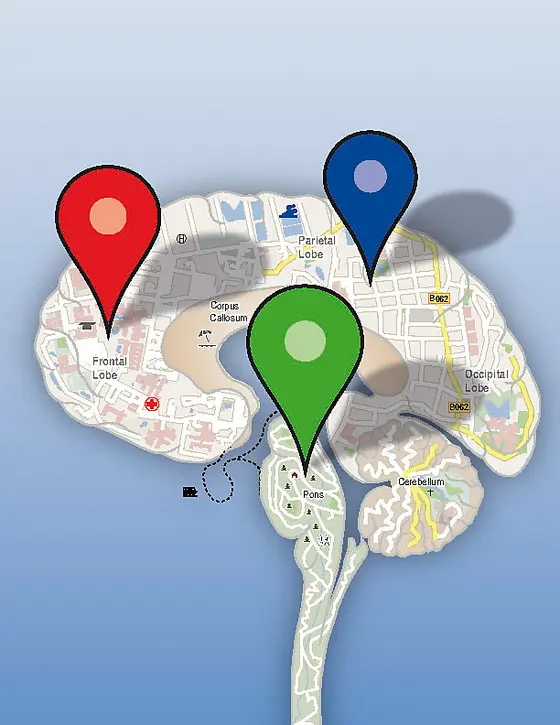Glioblastomas grow extremely aggressively into healthy brain tissue and, moreover, are highly resistant to radiation therapy and chemotherapy. Therefore, they are regarded as the most malignant type of brain tumor. Currently available treatment methods are frequently not very effective against this type of cancer. Glioblastoma can affect people of all ages, but is less common in children than in adults. In Germany, about 6,000 people are newly diagnosed with this type of tumor each year.
“Based on our latest results, we should rather say that they are affected by one of this group of tumors," says Prof. Dr. Stefan Pfister, a molecular biologist who is head of a research department at DKFZ and also works as a pediatrician in the Department of Pediatric Oncology of Heidelberg University Hospitals. He has now led a team of molecular geneticists from numerous universities in Germany, the U.S.A. and Canada in a project to analyze and classify the genomes of 210 glioblastoma patients of all age groups.
The investigators focused on mutations in the DNA sequence, the activity pattern of all genes, deletions and duplications of DNA. In addition, they studied the pattern of what are called methyl tags, a type of tiny chemical attachments to the DNA bases, which are summarized by scientists under the term of “epigenetic changes". In combination with clinical data such as age at onset of disease, life expectancy, and anatomical location of the tumor, these parameters enabled the researchers to define six distinct subgroups of glioblastoma.
“We have been the first to comprise tumors of patients of all age groups in one study," says Dominik Sturm, who is among the study’s first authors. “This made it possible for us to recognize, for example, that adult patients are also occasionally affected by tumors which we had believed to be characteristic of childhood cancers."
Early this year, Pfister’s group had already discovered two different mutations in the gene for a type of DNA packaging protein in pediatric glioblastoma. “Although they affect one and the same gene, these two mutations now define two of our six tumor groups which differ substantially from each other. They even occur in different areas of the brain," said Sturm.
“The precise knowledge of the different molecular backgrounds of glioblastoma may be the compass that will lead us to novel treatment approaches which are customized for one of the subgroups," says Stefan Pfister. For example, two of the newly defined groups are characterized by strongly diverging patterns of epigenetic tags. “It is possible that our results may rapidly lead to clinical applications, because we already have drugs available that act on epigenetic tags," the pediatrician explains. Moreover, clinical trials can better be planned and evaluated if the individual tumor groups are considered separately.
The research project was supported by the Federal Ministry of Education and Research (BMBF) and German Cancer Aid (Deutsche Krebshilfe e. V.) as part of the funding of “PedBrain Tumor", the German part in the International Cancer Genome Consortium ICGC (€15 million over a five-year period).
Dominik Sturm et al.: Hotspot Mutations in H3F3A and IDH1 Define Distinct Epigenetic and Biological Subgroups of Glioblastoma. Cancer Cell 2012, DOI: 10.1016/j.ccr.2012.08.024



